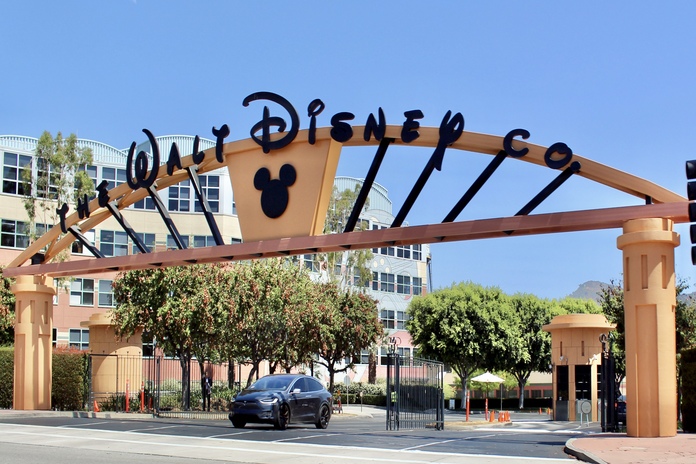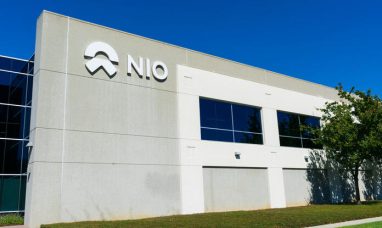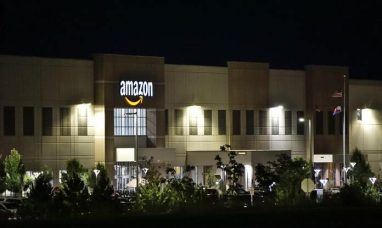Disney (NYSE:DIS) recently reported better-than-expected earnings, but the company’s theme park division is experiencing a notable slowdown as consumers become more cautious with their spending. This Disney theme park slowdown has raised concerns among investors and analysts, especially as economic uncertainties persist. In this article, we’ll explore the factors contributing to the decline in theme park attendance, its impact on Disney’s overall financial performance, and what the future might hold for this iconic segment of the company.
The Impact of Consumer Caution on Disney’s Theme Parks
The summer season, typically a peak period for Disney’s theme parks, has seen fewer visitors this year. According to Disney CFO Hugh Johnston, consumers are not necessarily acting in a recessionary manner, but they are “watching their pennies” more closely. This behavior reflects broader economic challenges, including sticky inflation and elevated interest rates, which have put pressure on household budgets.
Despite the overall rise in Disney’s sales, the experiences segment, which includes the global theme park business, has seen only a modest 2% increase year over year. More concerning is the 3% drop in operating income for the segment, signaling that the Disney theme park slowdown is affecting profitability. For the current quarter, Disney has forecasted a mid-single-digit percentage decline in operating profit for this segment, further dampening investor sentiment.
Broader Economic Trends Affecting Theme Parks
The Disney theme park slowdown is part of a larger trend where consumers are becoming more selective with their discretionary spending. As families face higher costs for essentials, luxury expenditures like theme park visits are often the first to be curtailed. This trend was foreshadowed by Disney’s last earnings report, where the company issued a warning about weakening consumer demand.
The decline in theme park attendance and spending is particularly troubling given that Disney’s theme parks have traditionally been a reliable source of revenue. The company’s parks are not just leisure destinations but also significant cultural icons, making any downturn in this segment highly visible and impactful.
Positive Earnings, But Challenges Loom
While the Disney theme park slowdown is a cause for concern, the company did achieve several significant wins in other areas during the quarter. Disney reported net sales of $23.2 billion, a 4.03% increase from the prior year, and an adjusted EPS of $1.39, up 35% from the previous year. These results exceeded Wall Street’s expectations, reflecting strong performance in other segments such as entertainment and direct-to-consumer (DTC) streaming.
One of the highlights for Disney this quarter was the profitability of its streaming business, which includes Disney+, Hulu, and ESPN+. This marked the first time Disney’s combined streaming segment turned a profit, a milestone that had been eagerly anticipated by investors. Additionally, Disney’s recent blockbuster “Inside Out 2” grossed over $1.6 billion worldwide, underscoring the success of CEO Bob Iger’s strategy to focus on high-quality content.
However, these successes have been somewhat overshadowed by the challenges in the theme park business. Evercore ISI analyst Vijay Jayant noted in a preview note that domestic demand trends at the parks are weighing on investor sentiment, despite other positive developments at Disney.
Future Outlook: Navigating Uncertainty
As Disney looks to the future, the company will need to navigate the ongoing economic uncertainties that are influencing consumer behavior. The Disney theme park slowdown is likely to persist for the next few quarters, as CFO Hugh Johnston suggested, making it critical for the company to adapt its strategies to changing market conditions.
One potential avenue for growth could be enhancing the value proposition for park visitors, perhaps through more targeted promotions or by leveraging Disney’s robust intellectual property to create new and exclusive experiences. Additionally, as the company continues to invest in its streaming services and content production, it may find new ways to cross-promote these assets with its theme park offerings.
Conclusion
The Disney theme park slowdown reflects broader economic challenges that are prompting consumers to be more cautious with their spending. While this has impacted one of Disney’s core revenue streams, the company has shown resilience through its strong performance in other areas, particularly in streaming and content. As Disney navigates these headwinds, its ability to adapt to changing consumer behaviors and economic conditions will be crucial in maintaining its long-term growth trajectory.
Featured Image: Wikipedia









